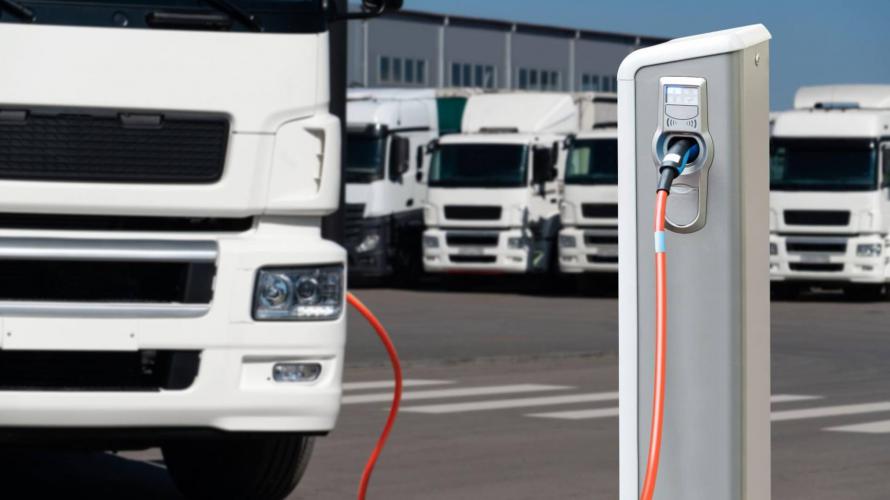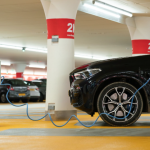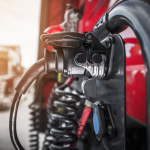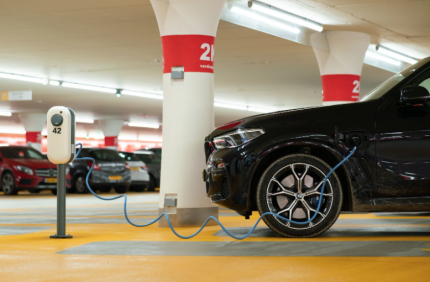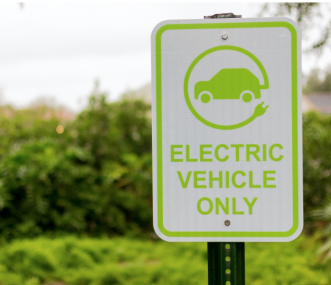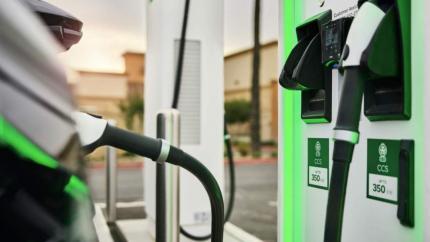Every year, clean technologies like battery electric vehicles (BEVs) and compressed natural gas (CNG) push the transportation industry further into what feels like a sci-fi future. Industry giants like Tesla lead the way in advancing these innovations in the consumer market, but implementation of clean fuels, energy and vehicles within the medium and heavy-duty fleet sectors is growing as well.
According to the State of Sustainable Fleets 2021 Market and Trends Brief, even amidst the COVID-19 pandemic, clean technology grew substantially.
Key takeaways The current state of clean technology in the medium-duty and heavy-duty fleet industry:
Propane, Natural Gas, Hydrogen Fuel Cell and Battery-Electric Vehicles
Each of these vehicle types provide different benefits to specific sectors of the industry.
- 3-5 years from reaching full market viability when it comes to production and demand,
- BEVs are poised to become the dominant force in clean energy vehicle technology.
- Federal and state policies calling for greater reduction of carbon emissions are further driving the push toward BEVs.
- CNG and propane vehicles are demonstrating results on par with or better than their gasoline and diesel counterparts, especially in public transportation, school transportation, refuse hauling and other similar areas.
- Hydrogen fuel cell technology is still in an early stage, the potential benefits of increased range and performance and decreased fueling times compared to other clean technologies
- Global OEMs are investing substantially and already committed to overcoming the significant challenges this new technology faces
- High fuel prices, inadequate fueling infrastructure and limited vehicle availability.
Federal Policies and Tax Incentives
The Alternative Fuel Tax Credit (AFTC)
- Provides 50 cents per gasoline-gallon-equivalent for CNG and 36 cents for propane fuel, continues to be one of the most important policies fueling clean technology growth.
- BEVs are now on the national stage, with President Biden setting a goal of:
- Installing 500,000 electric vehicle chargers by 2030.
- $174 billion for the BEV market, which includes $46 billion to support clean energy manufacturing, including BEVs and chargers.
While these policies substantially drive implementation of clean technology in fleets, the fact that the AFTC is not consistently renewed year-to-year and the relative newness of President Biden’s plans has created some uncertainty within the industry.
Summing it Up
The outlook for clean vehicles remains very favorable.
Federal and state policies continue to support cleaner vehicles and the phasing out of internal combustion engines, while increased investment in R&D pushes the entire industry forward year-by-year.
Early-adopter fleets are already seeing tangible business benefits from CNG, propane and BEVs.
That being said, diesel and petroleum aren’t going away anytime soon. The market for internal combustion engine vehicles will continue to remain strong, especially as advanced transportation technologies still face several substantial barriers to mainstream adoption.
